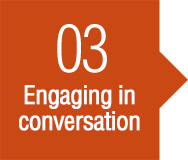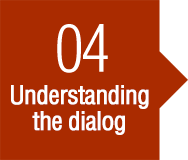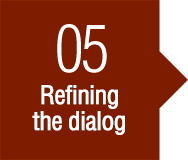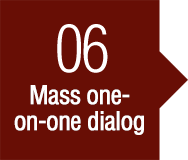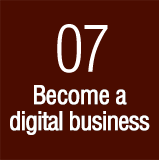

If you've been moving along the path from Step 1, you probably realize you have a lot of digital assets by this time. Often times, these platforms are not integrated. If they were built with the end in mind, they should be. At a minimum, you should ensure the following assets within each system below are "talking" to each other:
Key question: If your systems are not integrated, what is the reason -- age of the systems, lack of an API, worry about security? What systems can be replaced by more current technology? Would it be better to build something new and own it rather than license an expensive platform(s)?
With the data insights you gained in the previous step, it's time to begin tailoring your content to your various audiences. Your digital platforms by this step should provide for:
Key question: What metrics did you establish to determine the best-performing personalized and/or dynamic content? What response analysis methods are you using to establish a control message? Who is developing the tests against the control and how are they basing these tests?


